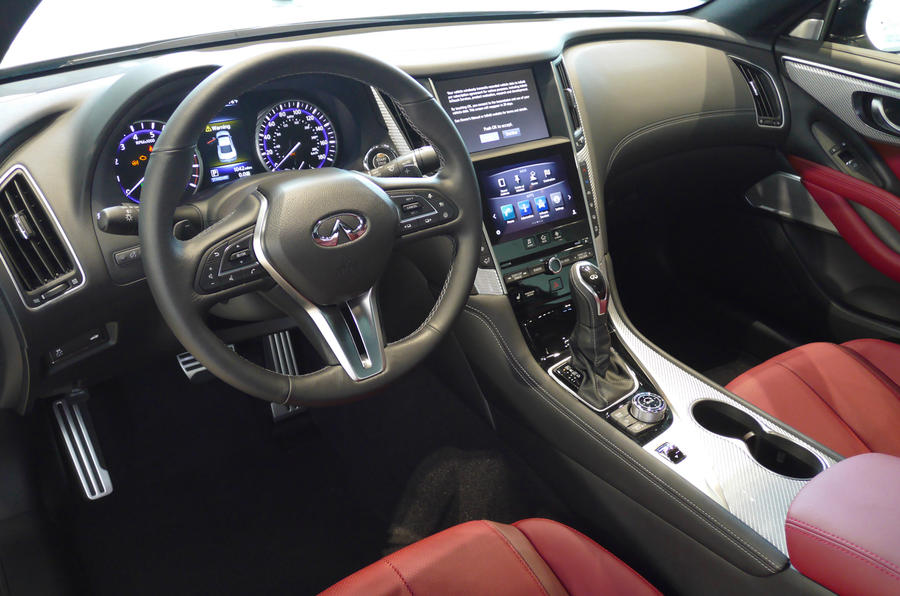In my previous blog I mentioned that I’d been on a quick trip to Japan to get an insight into Infiniti’s preparations for finally getting a serious foothold in the global premium car market.
Aside from the brand briefing and the glimpse into the new-model future, the highlight of the 12,000 mile return trip was being able to walk through the Infiniti design studio. I can’t recall ever having been able to do this before, and especially not when the studio is in full working mode.
Obviously, I’m sworn to secrecy but I can tell you that the design studio is in Atsugi-Shi, Kanagawa, west of Tokyo, about halfway to Mount Fuji. It’s a very long, thin building on two levels. The design studios are on the upper level, looking over the clay modelling area on the ground floor and the viewing garden outside.
This long building is divided up into Nissan, Datsun and Infiniti design departments, which are walled off from each other. We took the long walk on the second floor to get into the Infiniti studio, which was at the far end of the building.
The corridor is lined with very large colour posters including supersize magazine-style layouts of the cars displayed at recent motor shows. Useful for the majority of designers who aren’t globe trotting.
The studio is surprisingly big and is mostly occupied by ranks of large computer monitors, all of which are under lycra shades, a bit like the reflectors used by photographers. In the middle of the studio is a giant flat screen on which designers spend long hours examining the tiniest of body reflections on computer-generated images of future models.
One area of the studio is given over to materials, where a handful of designers are experimenting with…well, I can’t say much more. But I can say that it is clear Infiniti is working very hard on interiors and interior materials and on trying to break out of the norm. It’s an admirable move.
Following a few trips to Japan over the past three years, I’ve come to realise that there’s one thing Japanese manufacturers can’t understand: why doesn’t the West have more praise for Japanese craftsmanship? The country holds dear its abilities with hands-on craftsmanship, from metal working to sword and knife making, calligraphy and so on. More than one senior Japanese boss has pleaded for understanding from journalists.
And they’re dead right. I don’t know if you’ve ever looked really hard at an upmarket Japanese interior, but they can be spectacular if you zoom in. To simply dismiss them as ‘characterless’ or ‘plasticy’ is lazy journalism.







Join the debate
Add your comment
The Japanese hunt whales in
infiniti
Wife loved the QX70 I think it is - but didn't like the dash funnily enough - it looked bland - felt fine to the touch though.
Japanese Interiors are the Best in the World IMO